The authors of a new book, Wired to Create, explore the depths of the creative mind and offer ideas on how to kick-start your own creativity. From daydreaming to having a natural curiosity, here are 10 things the authors believe that great artists, writers and innovators do differently.
“In the course of creative endeavours, artists and scientists join fragments of knowledge into a new unity of understanding.” So Vera John-Steiner wrote in her 1985 book: Notebooks of the Mind: Explorations of Thinking. In it, John-Steiner explored the mind of over 100 artists and creatives through interviews. No creative process is the same, and so for a long time this has mystified creativity, and the mind of those whom over the course of history have been known to exercise it.
In the book Wired to Create, Dr Kaufman and Carolyn Gregoire research deep into recent findings in neuroscience and psychology to discover and unravel the layers of the creative mind. The book not only offers an informative read but also practical tips on getting the creative juices flowing.
“In the course of creative endeavours, artists and scientists join fragments of knowledge into a new unity of understanding.”
Dr Scott Barry Kaufmann is a cognitive psychologist, author and speaker known for his research on intelligence and creativity. His co-author Carolyn Gregoire is a journalist who wrote the article “18 Things Highly Creative People Do Differently” for the Huffington Post that originated the book. “Is it possible to make sense of something as abstract as creativity?” the writers wondered.
Creativity: the four-stage model
The book introduces psychologist Graham Wallace’s popular “four-stage model” of creativity. It proposes the following stages:
- preparation, or acquiring information about a subject
- incubation, or letting knowledge sit
- the illumination stage, in which an insight has been found after associating different ideas
-
verification, in which the artist shares the insights found
The model, simple and straightforward, reminds me of a list that offers creative boosting tips such as taking a walk or listening to classical music. Even though these tips and models are helpful, they overlook a simple and common finding: creative processes are rarely linear. Indeed, Kaufman shares a post specifically on the messy minds of creative people.
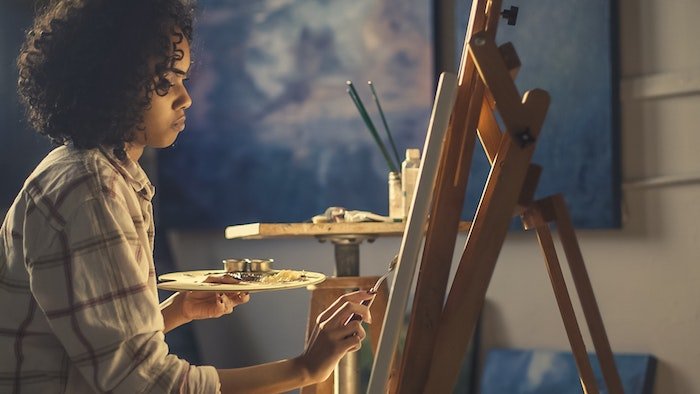
Artists: what lies behind their creativity?
When we see results in an art exhibit or final pieces that are complete and cohesive, it's easy to forget that the ride to get there is rarely a formula, and that it varies from artist to artist. Wired to Create highlights complexities and goes in depth about the different and opposing ideas that exist within the creators, (play and seriousness, collaboration and solitude, openness and sensitivity) without being dry. In fact, it's rather upbeat, full of memorable quotes and also some practical advice. So, here are the 10 things great artists and other creative types do differently:
1. Imaginative play
The book starts by going back to when we were kids. The line “A spirit of childlike curiosity and exploration is palpable in each of his highly imaginative creations” refers to Shigeru Miyamoto, the creator of Super Mario Bros. Miyamoto drew inspiration from his childhood, when he used to wander in the forest and play inside caves.
The authors write, "For creative minds, creating itself is an act of play". English professor Brian Boyd puts it this way in his 2009 book, On the Origins of Stories:
“A work of art act likes a playground for the mind, a swing or a slide or a merry-go-round of visual or aural or social pattern.”
This points out how crucial imaginative play is during childhood, quoting psychologist Sandra Russ, “Pretend play is where many of the cognitive and affective processes important to creativity occur… because the child is making something out of nothing.
2. Passion
Systematic studies confirm the importance of passionate focus when it comes to creating, as it helps the creator through challenges and setbacks.
'Follow your passion' is one of the most widely circulating clichés out there (not to mention one of the most unhelpful pieces of career advice). While the latest science supports the importance of passion in achieving any personally meaningful goal, it also suggests that this thinking is far too simplistic.
“Mastering the skills necessary to create something valuable takes hard work; passion and effort feed off each other.”
Apart from this, the authors make a distinction between different types of passion and its companion, inspiration.
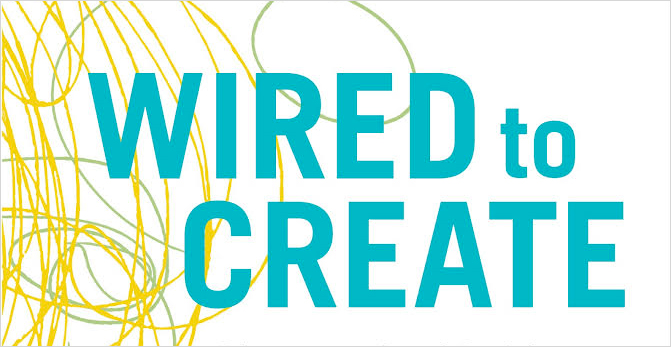
The new book Wired to Create investigates the things creative people do differently
3. Daydreaming
All those times you let your mind wander at school during class might have been of benefit. Studies such as the one discussed by the Smithsonianmag on The Benefits of Daydreaming suggest that letting your mind go where it wants to go indicates a high functioning memory.
Dr Kaufmann and colleague Rebecca McMillan noted mind wandering can be anything but mindless, in fact, it can be suitable for creative incubation:
“Many of us know from experience that our best ideas come seemingly out of the blue when our minds are off wandering elsewhere.”
Research suggests that an incubation period of mind wandering leads to improvements in creative thinking. The next time you’re working hard on a creative project or work assignment that requires intense focus and creative chops, try taking a five- minute daydreaming break every hour or so and see how it affects your ideas and thinking. During this break, engage in a simple activity that will allow your mind to wander like doodling or cleaning.

Daydreaming: letting your mind wander opens it to creative inspiration
4. Solitude
It's hard to be alone nowadays, or truly experience solitude when 'connection' seems to be at your fingertips 24/7, and we make our lives public, voluntarily. Even if many celebrated artists and thinkers are an example of somewhat solitary lives and culture tends to underestimate alone time.
Of course, meaningful collaboration is important for creativity in many settings, and it’s essential to bring different perspectives together. However, the act of creating requires us to find time to ourselves and slow down enough to hear our own ideas --- both the good and bad ones:
“Some degree of isolation is required to do creative work because the artist is constantly working on ideas or projects in his mind – and these ideas need space to be developed.”
Taking some time off to recharge on your own can be very productive and prioritising this can lead to many benefits. You don’t need a vast getaway, start by a much needed social media break.
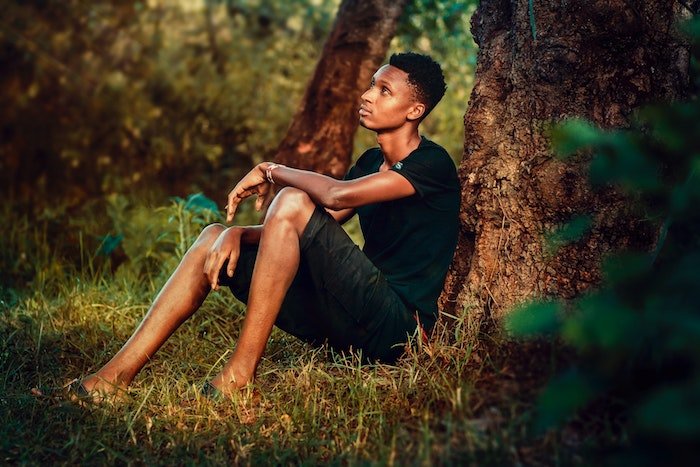
Solitude: finding time alone is important for the artists to focus on creative ideas
5. Intuition
Intuition. That little voice or 'gut feeling' ready to guide you and make decisions sometimes based on past experiences. Some psychologists refer to it as a 'mental matching game'. People often tend to debate how much of their intuition they should follow or how much or their rational mind should lead.
Moreover, Wired to Create considers theories of cognition that suggest we have two mental processes, one that is quick and that drives us to action almost automatically, and one that is more controlled and rational. This chapter is particularly interesting as it discusses in detail how these processes act together and help us assimilate information in different ways. For example:
“spontaneous methods are useful when we are coming up with ideas, while refocusing and using our rational mind help us figure out how to make these ideas come to life.”
Both processes are valuable at different times in the creative process, and finding a balance is crucial in any creative field.
6. Openness to experience
Allan Watts once said, “By replacing the fear of the unknown with curiosity, we open ourselves up to an infinite stream of possibility. We can let fear rule our lives, or we can become childlike with curiosity, pushing our boundaries, leaping out of our comfort zones, and accepting what life puts before us.”
For his doctoral dissertation, Kaufmann lead a research study with exciting results about “open” personalities:
“The desire to learn and discover seemed to have significantly more bearing on creative accomplishments than did cognitive ability. People with high levels of cognitive engagement with imagination, emotions and beauty were more likely to make significant artistic, creative achievements than people with high IQs.”
Findings suggested that openness to experience, the drive for exploration, in all its forms, may be the most important personal factor predicting creative achievement.
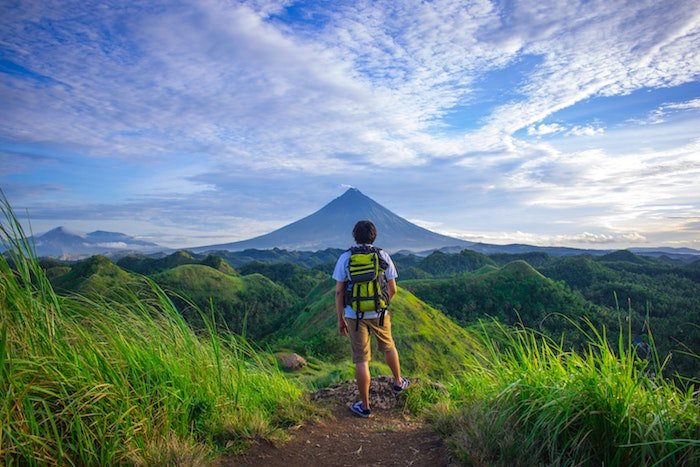
Creative people are naturally curious and open to new experiences, such as traveling
7. Mindfulness
By being an observer of our own minds and surroundings, we might answer what it means to be a human being in a moment in time. Artists, innovators and thinkers are inspired by the world around them by paying attention and observing their outer and inner world thoroughly. Ideas, thoughts and emotions are all part of it:
“But the capacity to deeply observe (mindfulness) is not only a key attentional skill, but it’s also a distinct creative advantage.”
Psychiatrist Norman Rosenthal’s research on Transcendental Meditation – a popular technique that involves the silent repetition of a personal mantra – found that many new meditators reported “flowering of creativity” after beginning their practice; an ability to see from a novel angle, to pursue new directions effectively, to innovate or change – either the world or themselves – in some meaningful way. Some other similar types of meditation such as Open Monitoring activate the imagination network by permitting some mind wandering while also boosting attention.
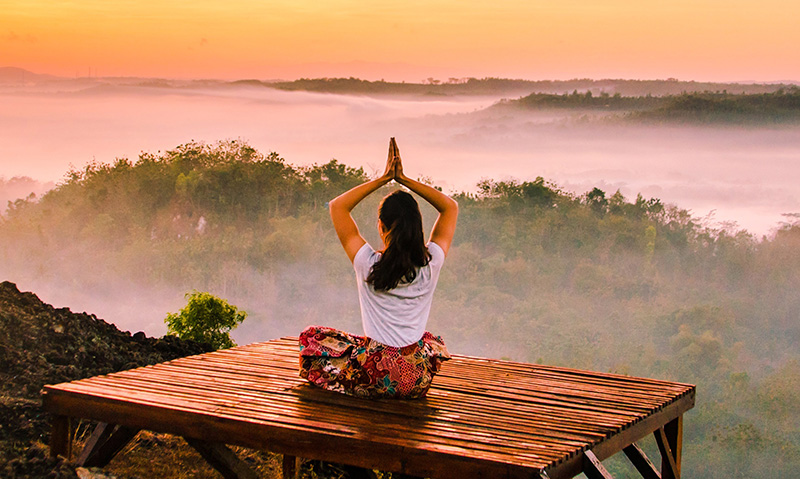
A capacity for mindfulness is a distinct creative advantage
8. Sensitivity
“The perception of sensitive minds has created works of art that offer a window to the human condition.”
Apart from proposing research that is beginning to understand the neurological basis of high sensitivity, Wired to Create also presents questions to get a sense of where you are on the Hyper Sensitive Narcissism Scale of Jonathan Cheek.
9. Turning adversity into advantage
Trauma is not something that should be glorified, yet creative work can be a way of exploring and giving expression to it once it finds meaning:
“Adversity in its many forms can become an act of turning challenges into opportunity for creatives.”
Nietzsche said that what doesn’t kill us makes us stronger. Apart from idealisms and watered down self-help inspiration, growth after adversity has been thought of from ancient thinkers to recent psychological research in which they called it post-traumatic growth.
10. Thinking differently
By challenging traditional ways of thinking, creative work defies the status quo and can pave the way for a change:
The creative act itself is one of breaking from tradition and routine to create new patterns, ask new questions, and seek new answers.
People who spend more time consciously thinking differently were far more likely to engage in associational thinking, the book says. Drawing from different experiences or knowledge can result in new connections that help creative problem-solving.

Light bulb moments: artists often think differently
Even if there is more than characteristics to consider when it comes to creating anything, the book’s overview of extended research on the topic is well organised and easy to digest, making it a smooth read. Moreover, it encourages the reader to not only think of it as a means of achieving but to live creatively, as it is not something that belongs just to a select group but to every human being. ●
Main image: Colourbox.com
Written by Guest Author
 We are happy to publish articles by guest authors that will broaden the perspective and bring new insights. If you are interested in publishing an article here on happiness.com, please contact us.
We are happy to publish articles by guest authors that will broaden the perspective and bring new insights. If you are interested in publishing an article here on happiness.com, please contact us.





There are no comments to display.